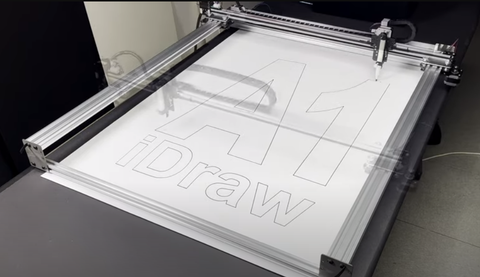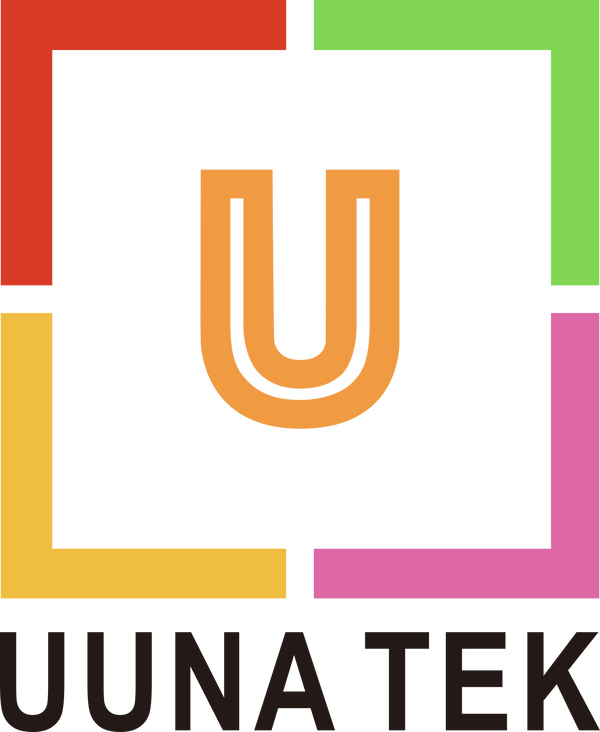In the ever-evolving field of architecture, staying up-to-date with the latest drafting tools is essential. It helps to ensure precision, efficiency, and creativity in design. While traditional drafting tools have served architects well for decades, but the advent of new technology has given rise to a new generation of drafting tools.
These new drafting tools are here to offer enhanced capabilities and features. So, here we will explore the top five new drafting tools for architecture in 2025.
What is Drafting Tool?
A drafting tool is a device or instrument used by architects and designers to create accurate and precise drawings and sketches. These tools aid in the process of creating scaled representations of architectural plans, elevations, sections, and details.
Traditionally, drafting tools included items such as T-squares, compasses, rulers, triangles, and pencils. However, advancements in technology have brought about a revolution in the field. It ultimately results in the emergence of new drafting tools.
Top 5 Traditional Drafting Tools for Architecture
When it comes to traditional drafting tools for architecture, there are several essential tools that have been used for many years. However, here are the top 5 traditional drafting tools for architecture:
1. Technical pencils
Technical pencils are a staple tool for architects. They come in various lead sizes and hardness levels, allowing architects to create precise and detailed drawings.
2. Straightedges
Straightedges are used to draw straight lines. They are typically made of transparent materials like acrylic or aluminum, allowing architects to see the drawing underneath while maintaining accuracy.
3. Triangles
Triangles are essential tools for drawing angles and straight lines. They come in different sizes and angles, such as 30-60-90 and 45-45-90 triangles. These are used to create precise geometric shapes in architectural drawings.
4. Scales
Scales are rulers with calibrated markings that allow architects to draw to scale. They come in various scales, such as 1:50, 1:100, and 1:200. They are used to accurately represent the dimensions of buildings and objects in drawings.
5. Protractors
Protractors are used to measure and draw angles. They are particularly useful when creating architectural drawings that require accurate angle measurements, such as roof slopes or inclined surfaces.
These traditional drafting tools have stood the test of time and continue to be used by architects worldwide. They provide a level of control that is still valued in the architectural profession.
Top 5 New Drafting Tools for Architecture 2025
Here is a brief overview of top 5 new drafting tools for architecture you need to know for 2025:
UUNA TEK iDraw H A1 Pen Plotter: Fastest Drafting Tool for Architecture
The UUNA TEK iDraw H A1 Pen Plotter is a cutting-edge drafting tool. It combines the precision of traditional drafting with the speed and automation of modern technology. It is known for its fast-plotting capabilities. This makes it ideal for architects who need to produce large-scale drawings quickly.

Additionally, this tool ensures exceptional accuracy during the drafting process. It supports all types of pens and lasers, making it versatile for various architectural applications. Checkout this video to learn more about this lucrative drafting tool for architecture 2025.
iDraw 2.0: The Best XY Drafting Tool
The iDraw 2.0 is hailed as the best XY drafting tool in 2025, offering architects unparalleled precision and control. With a plotting area of 210 x 297 mm and an unspecified moving precision, this tool still manages to deliver exceptional results.

It supports all types of pens and boasts compatibility with file formats like JPG, SVG, and G-Code. The iDraw 2.0's standout feature is its ability to achieve precise XY movements. It ensures that every line and curve is accurately translated onto paper.
Architects can rely on this tool to bring their intricate designs to life with ease.
LY Drawbot: Best On-Budget Drafting Tool
For architects on a budget, the LY Drawbot is a game-changer. This tool offers impressive quality at a very reasonable price. With a plotting area of 210 x 297 mm and an unspecified moving precision, the LY Drawbot is designed to accommodate all types of instruments with a maximum diameter of 20mm.

Architects can easily import their designs in file formats like JPG, SVG, and G-Code. What sets the LY Drawbot apart is its ease of assembly, making it accessible to architects of all skill levels. Despite its affordability, this tool delivers surprisingly good quality, making it an ideal choice for those starting out or seeking a cost-effective option.
UUNA TEK iDraw H A3: Best for larger prints
Architects often require larger printing capabilities, and the UUNA TEK iDraw H A3 is the perfect solution. With a generous plotting area of 420 x 297 mm and a moving precision of 0.01 mm, this tool excels in delivering exceptional precision for larger prints.

Like its A1 counterpart, it supports all types of pens and lasers, as well as file formats such as JPEG, PNG, BMP, and SVG. The UUNA TEK iDraw H A3 is renowned for its speed, making it the fastest pen plotter available for architects. Additionally, when it comes to precision and efficiency, this tool is unmatched.
Line-Us: Best for Armatures
Incorporating creativity and accessibility, the Line-Us drafting tool is perfect for amateurs and enthusiasts. With a plotting area of 280 x 210 mm and an unspecified moving precision, this tool supports all instruments with a maximum diameter of 20mm.

Additionally, it doubles as a laser engraver and cutter, providing architects with added versatility. The Line-Us comes with a laser head included, catering to architects looking to add intricate details to their designs. With reasonable pricing and a range of file format compatibility including JPG, BMP, SVG, PNG, and G-Code, the Line-Us is an ideal choice for those seeking a user-friendly and multi-functional tool.
Final Thoughts
In conclusion, the field of architecture is constantly evolving, and the emergence of new drafting tools has revolutionized the way architects approach their designs. The top five new drafting tools we have listed offer architects enhanced precision, speed, versatility, and affordability. These tools empower architects to bring their visions to life more efficiently and creatively. Ultimately architects can push the boundaries of architectural design in the years to come.
More related articles:
- Top 5 Calligraphy Tools and Best Calligraphy Machines Recommended | UUNA TEK
- Top 7 Best Generative Art Pen Plotters for Digital Arts - 2025 | UUNA TEK
- Top 9 Best Drawing Robots for Artists 2025 | UUNA TEK
- Understanding Plotter Paper Sizes: Tips for Pen Plotters and Printers | UUNA TEK
- Top 5 Best 2D Plotters of 2025 | UUNA TEK
- Top 10 Best Homework Machines for Students 2025 | UUNA TEK
- Top 4 Rumors about Pen Plotters vs. Printers | UUNA TEK
- Wide Format Plotters vs. Printers: Unraveling the Distinctions | UUNA TEK
- Top 5 Most Affordable Laser Engravers with High Power in 2025 | UUNA TEK

